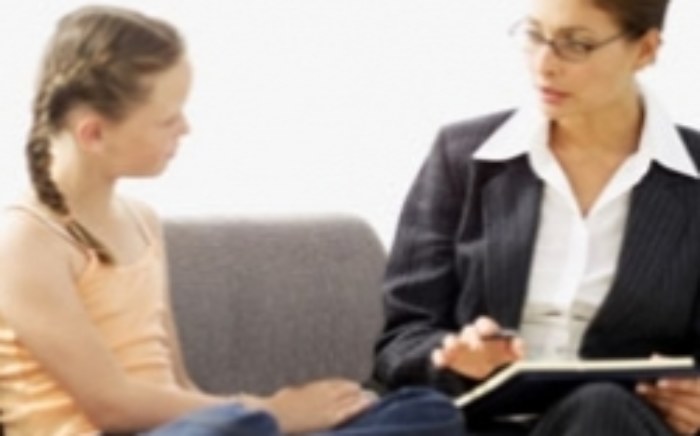As many of us dive back into work and school routines and the last of the summer is dissipating, stress has likely kicked back into full gear. The trendy concept of “self-care” may feel illusive. In honor of National Women’s Health and Fitness day, let’s remember the value of exercise beyond physical health benefits. While many of us know that exercise reduces risk for chronic disease, exercise (even at minimal levels!) also provides numerous mental health benefits, like improved self-esteem and reduced symptoms of anxiety and depression.
Exercise Changes your Body
You know that frazzled, jittery sensation that stress can cause? Regular exercise helps modulate our body’s reaction to stress, in part through reducing nervous system activity as well as moderating hormone levels. Exercise leads to the release of endorphins, which help to elevate mood and reduce anxiety and pain. Exercise also activates new neuron production in the hippocampus, which helps to protect against depression as well as improve memory storage. These improved cognitive effects are bound to make us feel good.
Press Pause on Stress
Not only does exercise cause these physiological changes, but the time we spend engaging in exercise is also time that we are not rushing around, ruminating about negative thoughts, or checking our to do lists. Distraction is another positive side effect of getting active! It can be difficult to set aside our responsibilities and take time for ourselves. Exercise, like meditation, requires some separation from the slog of the day-to-day. Try to focus on your body and your breath and power down those racing thoughts. Put your phone aside—unless it’s playing your favorite music.
More Good Days are in Store
One 2018 study showed that adults who exercised in the past month had 43% fewer days of poor mental health as compared to those who did not exercise. This correlation was strongest among those who exercised for 30-60 minutes per session, 3-5 times per week. Common activities among these individuals included team sports, cycling, aerobic activities, and gym activities. With the advent of new exercise options like ClassPass, it is easier than ever to customize your workout based on activity, location, and scheduling.
Mix it up
Have a treadmill or stationary bike you’re terribly bored of at home? Never fear! There are many apps to help spice up your home workout and increase motivation at low or no cost like Nike+ Run Club, Peloton Digital, and Aaptiv. If you enjoy working out in front of your TV, many yoga and Pilates classes are accessible for free, including on YouTube or on DVDs from your local library. Pull up your mat and give it a try.
But where’s the time?
Prefer to workout at home or have young children to look after? There are plenty of creative ways to incorporate kids into your exercise routine. Jogging strollers let you get in a run while your little one gets in a nap or some sightseeing. These strollers have bigger wheels and less resistance, which reduces stress on the upper body. If your children ride a tricycle or bicycle, ride together! Or if they’re still learning to ride, jog alongside them and achieve a solid pace. If you lift weights at home, provide your child a replacement object like beanbags and they can follow along in their own way. On a nice day, sports like soccer, tennis, and basketball are fun family activities that will help you work up a sweat in your neighborhood.
But I Have Bad Knees…
You don’t need to be “old” to have aches and pains! Many of us have discomfort that makes exercise even more intimidating. Your doctor can support you in finding the right exercise for you. Spinning causes less impact as compared to high intensity interval training or running activities. Swimming is an excellent full-body workout that puts limited pressure on your joints. Rowing also puts limited stress on the joints and back, and can be completed on a home machine. Walking briskly provides benefits, too, and this can be done anywhere! Check out a park near your home or pick up the pace at the mall while getting things done.
Get out there and exercise! Your brain will thank you later.
Anderson, E., & Shivakumar, G. (2013). Effects of exercise and physical activity on anxiety. Frontiers in psychiatry, 4, 27. doi:10.3389/fpsyt.2013.00027
Chekroud, S. R., Gueorguieva, R., Zheutlin, A. B., Paulus, M., Krumholz, H. M., Krystal, H., & Chekroud, A. M. (2018). Association between physical exercise and mental health in 1·2 million individuals in the USA between 2011 and 2015: a cross-sectional study. The Lancet Psychiatry, 5(9), 739–746. doi: 10.1016/s2215-0366(18)30227-x
Harrington, M. (2019, April 8). The Best Treadmill Training Apps. Retrieved from https://www.active.com/running/articles/the-best-treadmill-training-apps
Harvard Health Publishing. (n.d.). Rethinking the 30-minute workout. Retrieved from https://www.health.harvard.edu/staying-healthy/rethinking-the-30-minute-workout
TodayShow. (2006, September 7). How busy parents can find time for exercising. Retrieved from https://www.today.com/health/how-busy-parents-can-find-time-exercising-wbna14722228










